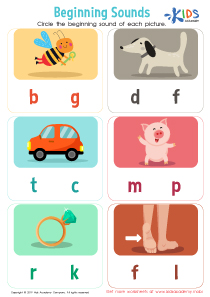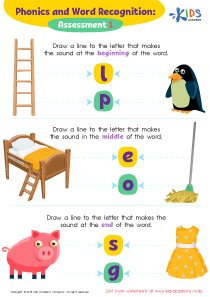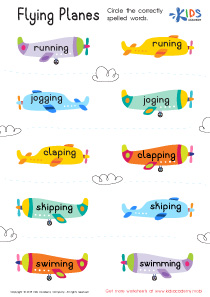Letter Sounds Worksheets for Ages 5-9 - Page 2
31 filtered results
-
From - To
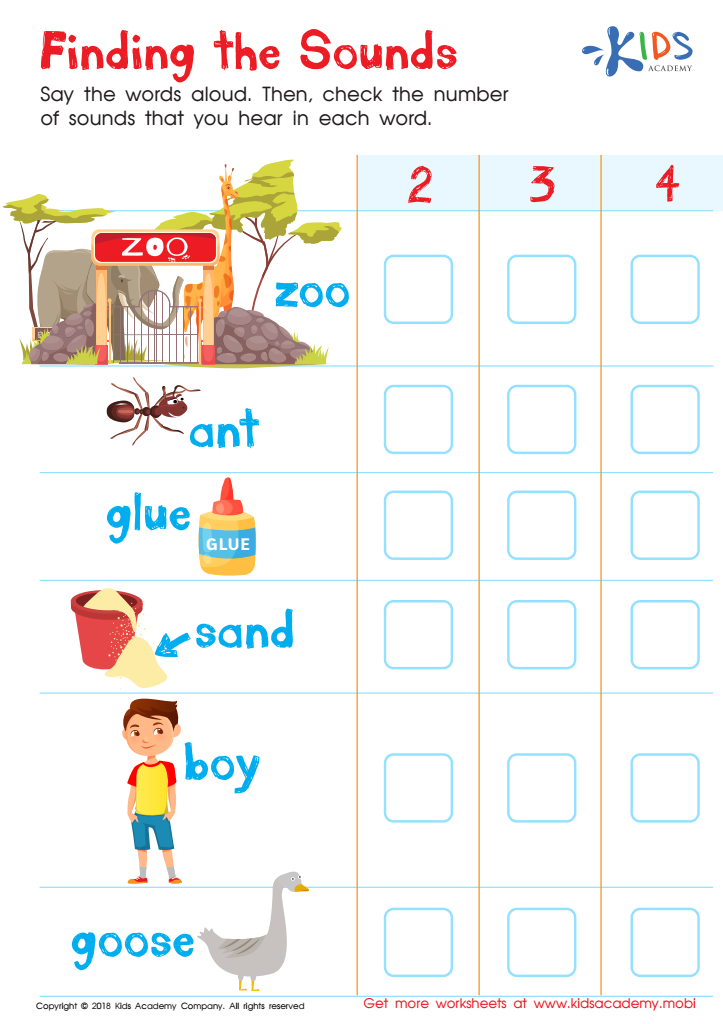

Finding the Sounds Worksheet
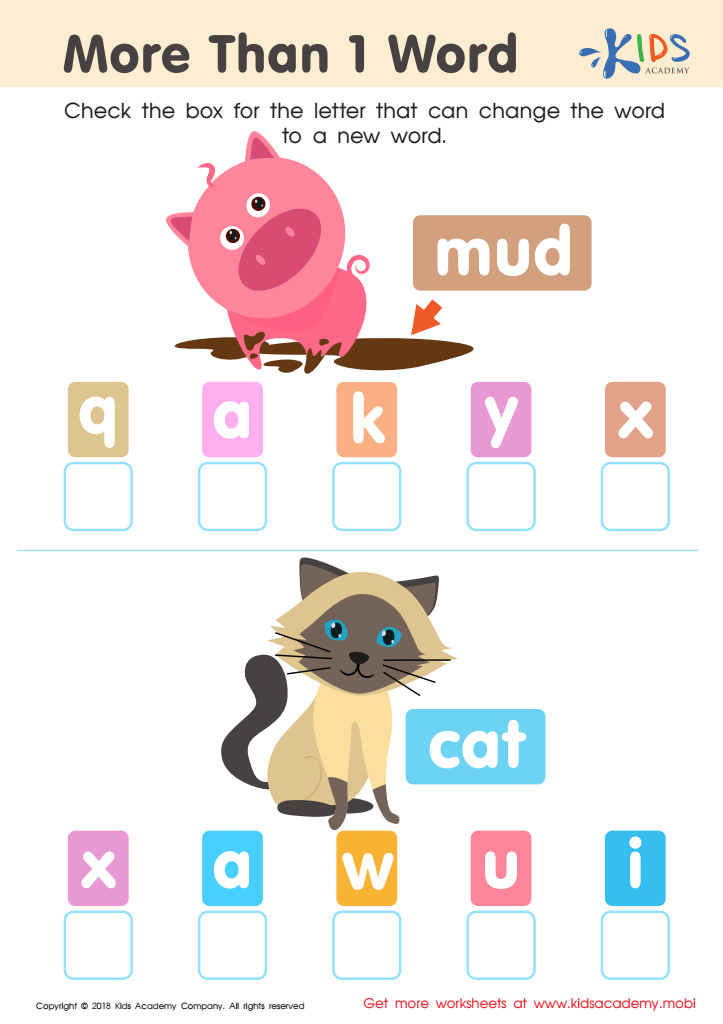

More than 1 word Worksheet
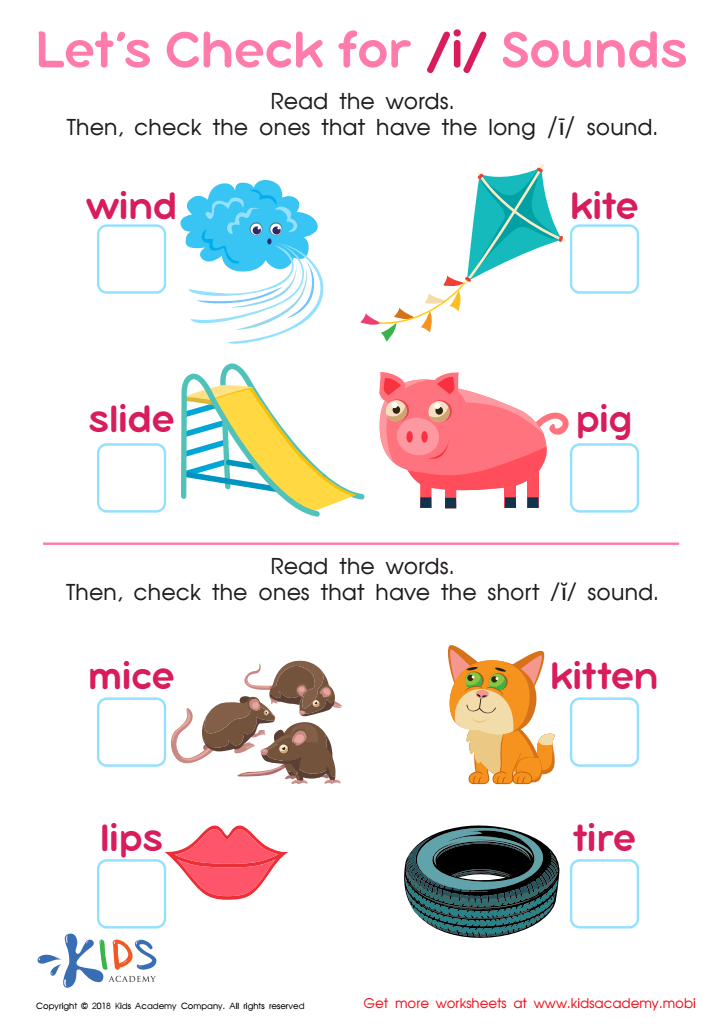

Let's Check for «i» Sounds Worksheet
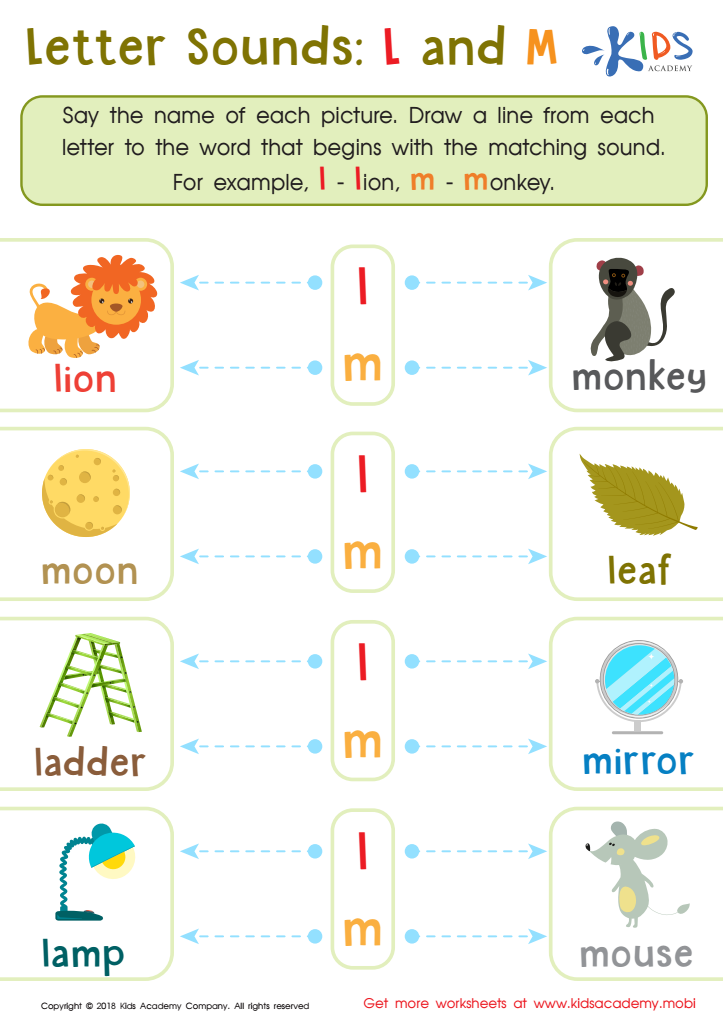

Letter l and M Sounds Worksheet
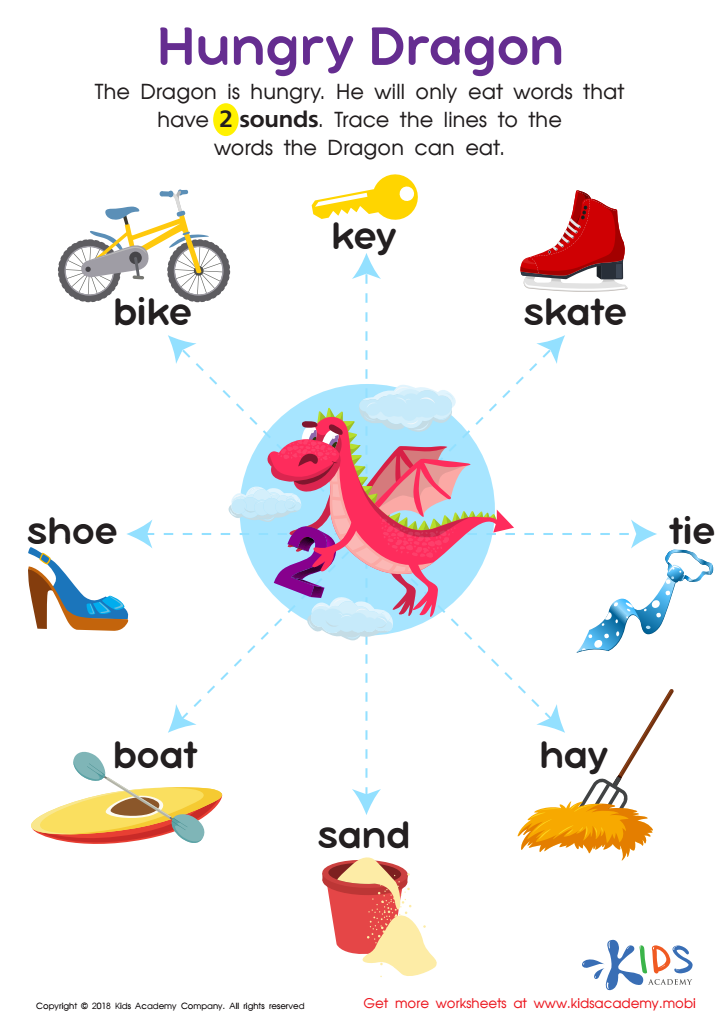

Hungry Dragon Worksheet
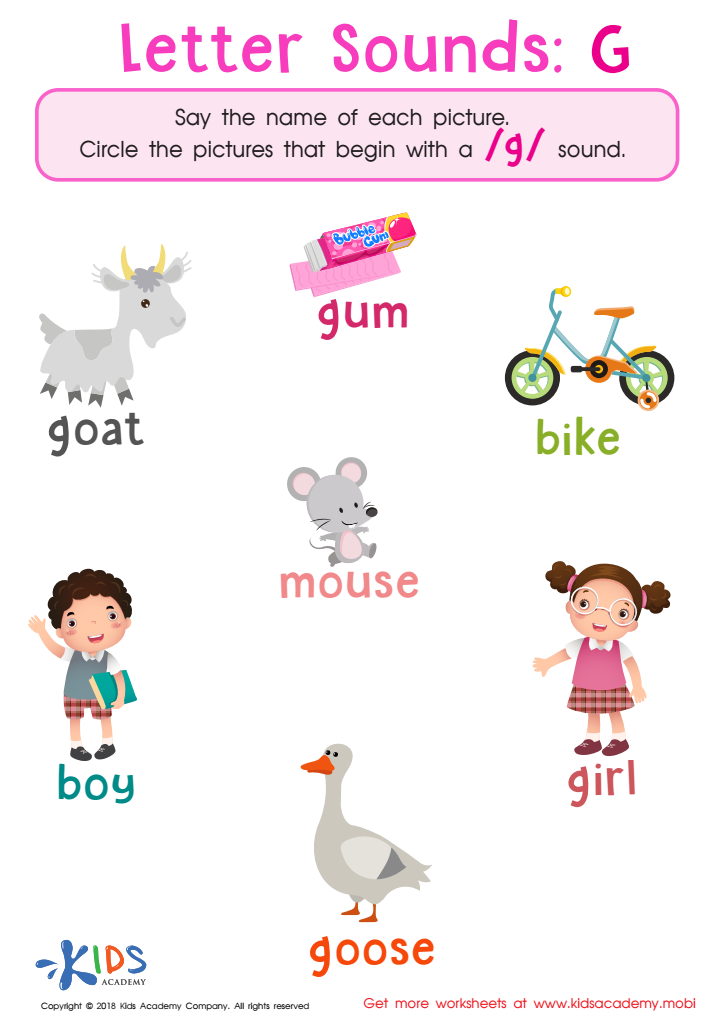

Letter G Sounds Worksheet
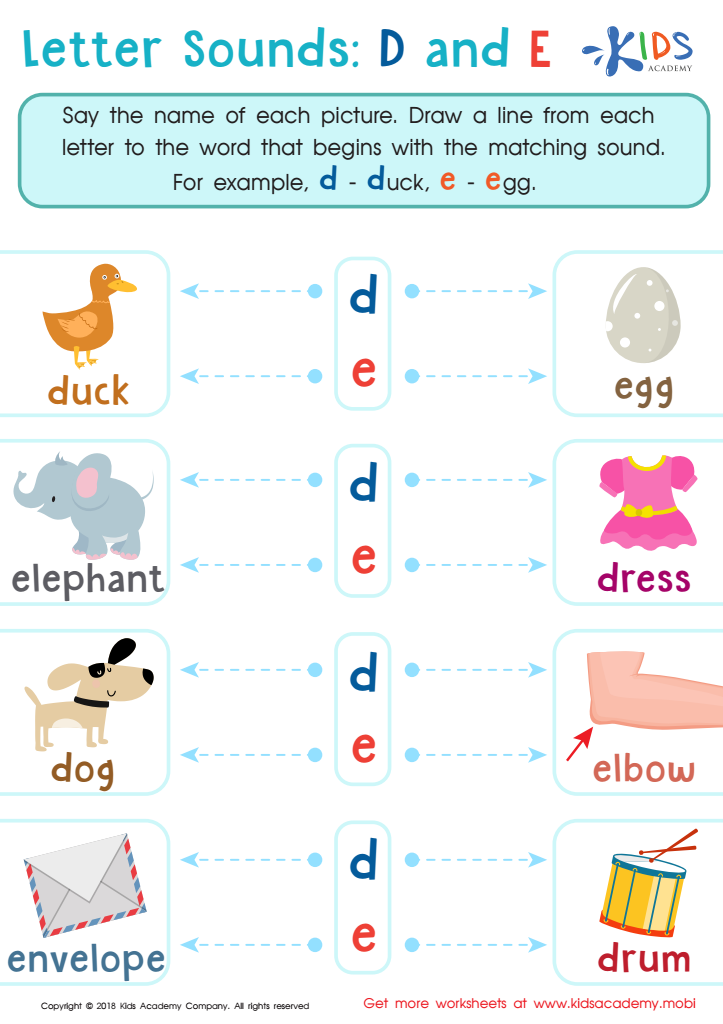

Letter D and E Sounds Worksheet
Understanding letter sounds is fundamental for children aged 5-9, as it serves as the building block for reading and writing. This stage is critical in developing phonemic awareness, the ability to recognize and manipulate sounds in spoken words. When children learn letter sounds, they can begin to decode unfamiliar words, leading to improved reading fluency and comprehension.
For parents and teachers, fostering this skill is vital. It supports kids in transitioning from pre-reading to reading proficiency, enhancing their ability to express themselves and understand different texts. Children who grasp letter sounds early are more likely to develop a love for reading, contributing to lifelong literacy skills.
Moreover, teaching letter sounds addresses diverse learning styles. Visual learners benefit from seeing letters alongside phonics instruction, while auditory learners improve through sound recognition and repetition. Encouraging letter sound awareness at home and in school creates a supportive learning environment where children can thrive.
Investing time in letter sounds cultivates confidence in young learners, enabling them to tackle more complex literacy challenges ahead. Ultimately, by emphasizing letter sounds, parents and teachers play a crucial role in equipping children with vital skills that lay the groundwork for academic success.
 Assign to My Students
Assign to My Students









